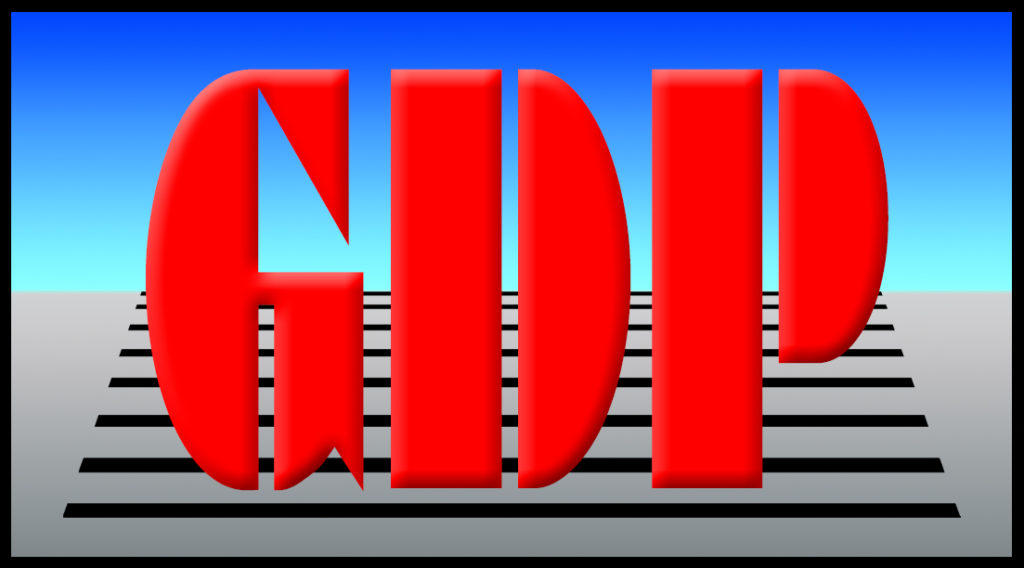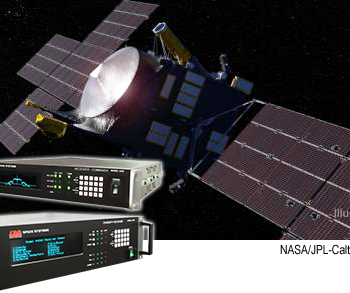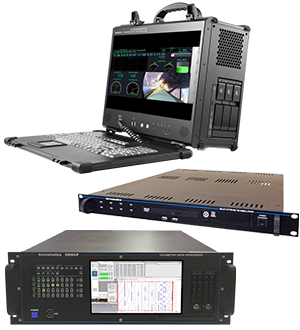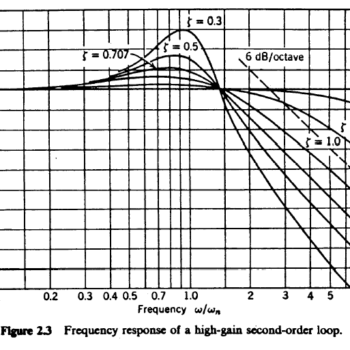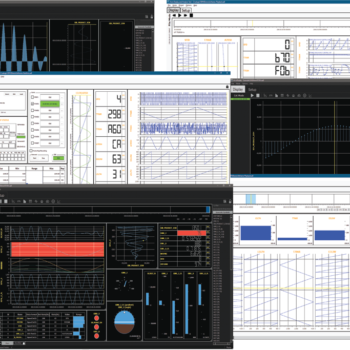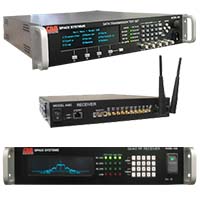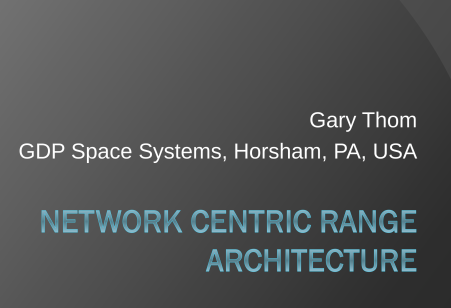Looking for the Latest Product Information?
Explore the new Delta Telemetry Systems site!
Discover products from all our telemetry companies in one place.
Please note, the Delta Telemetry Systems’ website is the most up-to-date website.
We stay up-to-date with the latest trends impacting the telemetry industry. We are excited to share our expertise, provide valuable insight, and help you discover new technology solutions.
Jump to
Tech Tips Blog:
GDP Space Systems Provides Telemetry Receivers for Upcoming NASA Jet Propulsion Laboratory Psyche Mission
NEW 70MHz Test Modulator Available within Model 442X Receiver Product Line
Acroamatics’ Line of Telemetry Data Processors Now Feature A TMoIP Input Capability
Tech Tips: Real World Data Integrity Sensitive to Bit Synchronizer Jitter Performance
Linux or Windows – Acroamatics’ Telemetry Data Processing Systems Perform!
Is it Time to Replace the Legacy Components in Your Ground Telemetry System?
Are Higher Data Rates Stressing Your Old Coax Infrastructure?
Complete End-to-End Control of All Telemetry Range Network Assets
Has Telemetry Market Vendor Consolidation and Downsizing Resulted in Obsolescence of Your Current Telemetry Decom Card or Data Processing Solution?
How Important is Your Data?
Brochures:
End-to-End Telemetry Ground Station Solutions
This brochure summarizes GDP and Acroamatics’ world-class aerospace telemetry products, systems, and software offerings for use in satellite ground terminals, telemetry ranges, and testing facilities worldwide.
DIS End-to-End (E2E) Corporate Overview
This one-pager provides an overview of all 5 of the DIS companies and shows how they all work together to provide an E2E solution to meet all your missions needs.
Telemetry Data Processing & Simulation Systems
Acroamatics’ Telemetry Data Processing and Simulation System (TDPSS) offers a flexible, configurable, and expandable solution for today’s telemetry decommutation processing and display requirements.
Capabilities Overview Sheets:
RCC IRIG 106 Chapter 7 and Chapter 10/11 Streaming Product Offerings
GDP and Acroamatics were among the first in the industry to embrace Ethernet as a primary method of transport for telemetry data. In addition to Ethernet support of RCC IRIG 218-20 Telemetry over IP (TMoIP), our range of telemetry receivers, bit synchronizers, and gateway units provide a variety of output solutions, including Ch7 and Ch10/11 Ethernet transport capability.
4 Input Diversity Combiner / Array Processor
4-Channel Combiner Offers 3 db Performance Improvement over IRIG BSS and 3 db Improvement over 2 Way Combiner!
GDP’s Telemetry Receiver product line now supports the combining of 4 RF Input Signals using a unique receiver architecture in which our front end RF tuner / digitizer AGCs, down converts, filters and digitizes the received signal from each receiver channel.
Product Overview Sheets:
Tech Overview Sheets:
Technical Papers & Presentations:
AM vs. AGC Auto-TrackingNetwork Centric E2E Solutions
This white paper examines the differences between AM (Amplitude Modulation) and AGC (Automatic Gain Control) auto-tracking mechanisms in antenna systems. It explores how the AGC’s fast gain adjustment can potentially remove the AM signal required for auto-tracking, while also introducing an AC component in the AGC signal. The paper discusses the implications of these mechanisms and their impact on accurate target tracking.
Network Centric E2E Solutions
Take a dive into The Delta Telemetry Systems’ product capabilities, our network centric E2E solutions, how TRMS works, and what TRMS can do for you, followed by The Delta Difference.
Adaptive Equalizer Performance Analysis
An Adaptive Equalizer (AEQ) is a filter that automatically adjusts itself to mitigate time varying distortion in a received signal. A properly designed AEQ can be used to combat the effects of multipath distortion and fading on a telemetry signal.
An Overview of Telemetry over Internet Protocol (TMoIP)
As telemetry ground stations are finally making the move toward network centric architectures, it is worth considering the lessons learned over the previous 10 years of designing, installing, troubleshooting and optimizing telemetry data distribution over IP networks. This paper discusses some of the architectural decisions to be made and some of the pitfalls to avoid in developing the next generation of networked telemetry ground stations. Critical issues such as latency, efficiency, data loss and Quality of Service are addressed, as well as techniques for troubleshooting these problems.
Real World Experiences with Network Centric Telemetry Systems
As telemetry ground stations are finally making the move toward network centric architectures, it is worth considering the lessons learned over the previous 10 years of designing, installing, troubleshooting and optimizing telemetry data distribution over IP networks. This paper discusses some of the architectural decisions to be made and some of the pitfalls to avoid in developing the next generation of networked telemetry ground stations. Critical issues such as latency, efficiency, data loss and Quality of Service are addressed, as well as techniques for troubleshooting these problems.
Theoretical BER for Common Modulations
GDP Space Systems’ customers frequently ask “What is the theoretical Bit Error Rate?” for various types of modulation. So, we have reviewed and analyzed the literature to find what we believe are the performance curves a telemetry receiver’s performance should be compared to. Our answers are shown in the table and figure below and described in the following document.
Network Centric Flight Test Architectures
The easier management and control of large amounts of data can be achieved with the modern Ethernet over IP and the right software from GDP Space Systems, and sister companies.
High-Level Graphical User Interface to Streamline Mission Management of Dynamically Growing Data Transport Systems
As data transport systems become exponentially larger and more complex, the need to simplify the level of user involvement in establishing the intercommunication pathways becomes increasingly vital to streamlined, effective mission management. The proliferation of open-architecture, modular approaches to data transport and multiplexing systems shows the need for a unified, high-level control scheme that helps to flatten the users’ learning curve for increasingly sophisticated, expanding systems. Implementing a control package with the functionality described in this paper will improve the user experience by eliminating the need for low level hardware management, minimizing system network footprint and unifying this functionality for a diverse hardware package.
An Engineer’s Guide To TMoIP
As telemetry transport systems move inexorably closer to a unified telemetry-over-IP approach, the operators and engineers who have traditionally deferred to a separate communications group can benefit from a more comprehensive understanding of the intricacies of the transport medium and protocol. Ethernet, and more specifically IP network hardware, has gained increased robustness, as well as much of the reliability enhancing functionality of more venerable transport solutions, but with these increasingly integrated feature sets comes an emphasized demand on the telemetry systems operator to be able to configure the telemetry transport network devices in more dynamic environments. This paper will seek to serve as a handbook for the telemetry community, guiding discussions of the strengths, weaknesses, legacy, and future outlook of this transport methodology both within and without the groups involved in most range telemetry transport environments.
Series Connected Bit Synchronizers Need Sequentially Increased Loop Bandwidths
This article explains why, when Bit Synchronizers are arraigned in a series configuration with the output of one Bit Synchronizer feeding the input of the next Bit Synchronizer, the second Bit Synchronizer loop bandwidth should be wider than the loop bandwidth of the first Bit Synchronizer. A Bit Synchronizer is used to recover clock and data from a PCM data source. The PCM data is often corrupted with noise and jitter. As a Bit Synchronizer recovers the clock from noisy PCM data, some of the noise is converted to phase jitter. It is desirable that this noise induced jitter be minimal without any resonant peaks. In addition, the Bit Synchronizer should track any input jitter with minimal jitter gain.
Specifying and Evaluating PCM Bit Synchronizers
Topics include bit error rate performance in non-white Gaussian noise, acquisition and sync maintenance, and the effects of jitter, transition density and transition gaps. The merits of multiple and/or adaptive loop bandwidths are discussed.
Training:
Our customers are among the smartest people in the industry, literally Rocket Scientists. But the devil is in the details, and our training courses help you to be an expert in the details.
Whether it is hands-on training for our individual products, or in-depth training on current industry trends, we are here to help you. Our training courses are taught by industry’s leading experts with practical knowledge in their field.
Courses can be custom tailored to meet specific requirements and are offered at one of our company offices, or the client’s location of choice*. Courses offered include must are not limited to:
- TDP Software Configuration: Bit Sync, Frame Sync, Decom Bit Synchronizer, EU Processing, and Best Source Selector Operation
- Installation, Operation, and Understanding of Acroamatics’ Telemetry Data Processing Equipment
- Telemetry Receiver Technology Training
- Overview of Video and Video Compression
- Telemetry over IP Tutorial
- Basic Overview of Telemetry
- TDP Intro & Advanced Product Training
*Course location depends on travel distance and size of the group.*
